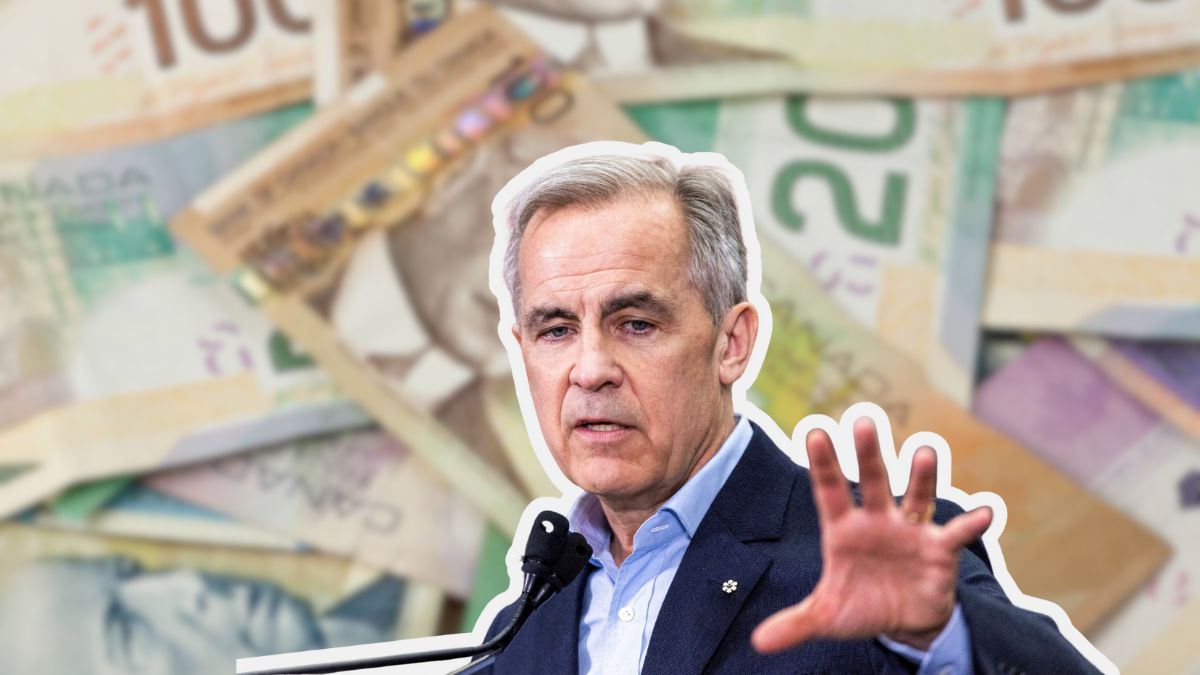For millions of Canadian families, 2025 marks a turning point in climate policy and household affordability. The Canada Carbon Rebate (CCR), officially known as the Climate Action Incentive Payment (CAIP), has been boosted significantly this year, delivering larger quarterly deposits straight into bank accounts across the country.
With carbon pricing set at \$95 per tonne, updated rebate rates, and an expanded rural supplement, the program ensures Canadians not only shoulder less of the financial burden from carbon costs but also share directly in the benefits of environmental policy.
The headline figure for many is striking: a family of four in Alberta will receive \$1,120 annually, rising to \$1,344 with the rural top-up. In a year where inflation, food costs, and utility bills remain pressing concerns, these payments are more than symbolic—they are real money making a real difference.
This special report unpacks what the 2025 carbon rebate update means, who qualifies, how much each province is receiving, and why this program has become a central pillar of Canada’s climate and economic agenda.
Major Reforms in 2025
The federal government rolled out several key reforms to strengthen the Canada Carbon Rebate in 2025. These reforms were designed to ensure fairness, adaptability, and transparency, especially as carbon pricing steadily rises.
Highlights of the 2025 reforms:
- Bigger quarterly payments for all household sizes.
- Automatic deposits, no need for separate applications.
- Eligibility linked to 2024 tax return filings.
- Carbon price increase to \$95 per tonne, indexed for inflation.
- 20% rural supplement expanded across all eligible postal codes.
By linking the rebate directly to federal revenues, the program reinforces the idea that every dollar collected through carbon pricing goes back to Canadians—a model meant to blunt criticism that the carbon tax is punitive or unfair.
Updated Payment Amounts
The 2025 CAIP deposits are significantly larger than in previous years, reflecting both higher carbon revenues and inflation adjustments. The payments differ by province, since carbon revenues are returned to households within the province where they are collected.
Estimated Quarterly Payments – 2025
| Province | Individual | Couple | Family of 4 | Rural Supplement |
|---|---|---|---|---|
| Alberta | \$140 | \$210 | \$280 | +20% |
| Ontario | \$110 | \$165 | \$220 | +20% |
| Manitoba | \$120 | \$180 | \$240 | +20% |
| Saskatchewan | \$130 | \$195 | \$260 | +20% |
| Nova Scotia | \$100 | \$150 | \$200 | +20% |
| Newfoundland | \$105 | \$157 | \$210 | +20% |
Example: Alberta
- A family of four receives \$280 quarterly, or \$1,120 annually.
- With the 20% rural supplement, their total rises to \$1,344 annually.
This makes Alberta one of the biggest winners under the rebate system, reflecting higher average fuel use and corresponding carbon tax revenues.
Payment Schedule for 2025–2026
The CRA has confirmed the following quarterly payment schedule for the Canada Carbon Rebate:
- July 2025
- October 2025
- January 2026
- April 2026
Payments appear in bank accounts labeled as “Climate Action Incentive”. Canadians registered for direct deposit typically receive funds faster, while paper cheques may take extra time to arrive.
Why This Matters: The Impact on Canadian Households
At a time when living costs remain stubbornly high, the Canada Carbon Rebate is more than climate policy—it is direct household support.
- Fuel Costs: Families who rely on personal vehicles for work or school benefit most, since the rebate helps offset higher gas prices.
- Heating Bills: Provinces with harsher winters, such as Manitoba and Saskatchewan, see rebates play a critical role in managing heating costs.
- Inflation Relief: By putting cash directly into pockets, the program gives households flexibility to cover groceries, childcare, or housing.
The Parliamentary Budget Officer estimates that 8 in 10 households receive more from the rebate than they pay in carbon costs. This design ensures that climate action does not disproportionately penalize low- and middle-income Canadians.
Purpose Behind the Rebate
The Canada Carbon Rebate is rooted in two central goals:
- Fairness – Ensuring Canadians are not unfairly burdened by the carbon tax.
- Climate Responsibility – Encouraging individuals and industries to reduce carbon emissions by making pollution more costly.
Unlike other programs, the CAIP is simple, transparent, and automatic. Canadians do not need to file extra forms or applications. By tying eligibility directly to the annual tax return, the government ensures wide coverage and minimal red tape.
How to Access the Rebate
For most Canadians, receiving the rebate is automatic. But there are important details to check:
- File your 2024 taxes: Without a tax return, you cannot receive the 2025 rebate.
- Direct deposit: Ensure your bank information is up to date with the CRA for faster payments.
- CRA My Account: Track payment status, view history, and confirm eligibility online.
New residents, students, or those filing for the first time must ensure they register with the CRA and provide valid residency details to qualify.
Eligibility Rules
To receive the 2025 carbon rebate, you must:
- Be a resident of Canada in an eligible province.
- Have filed your 2024 income tax return.
- Be 19 years or older, or meet one of these conditions:
- Parent living with a child.
- Married or in a common-law relationship.
Eligibility is automatically assessed by the CRA—there is no need for an additional application process.
Rural Supplement: A Critical Boost
One of the most popular features of the program is the 20% rural supplement. This recognizes that rural and remote households:
- Face longer commutes and fewer transit options.
- Have higher heating and fuel costs.
- Depend more heavily on private vehicles than urban residents.
The CRA uses postal codes to determine eligibility. If you qualify, the rural top-up is automatically added to your quarterly payment.
The Broader Climate Strategy
The carbon rebate is one piece of Canada’s broader climate framework, which includes:
- Rising carbon pricing through 2030.
- Incentives for electric vehicles (EVs).
- Investments in renewable energy.
- Transition funds for industries and workers.
By combining pollution pricing with direct household rebates, the government aims to strike a balance between environmental responsibility and economic fairness.
Criticism and Debate
Despite its popularity, the carbon rebate program is not without critics.
- Opposition parties argue the carbon tax drives up inflation and disproportionately hurts working Canadians.
- Environmental activists say rebates soften the incentive to reduce emissions, diluting the effectiveness of carbon pricing.
- Economists are divided on whether rebates encourage long-term behavior change or simply redistribute costs.
Still, the evidence suggests that most households are net winners financially, while emissions pricing continues to push industries toward cleaner alternatives.
Looking Ahead
As carbon pricing increases further in the coming years, rebate amounts are expected to grow in tandem. Policymakers face the challenge of ensuring the system remains credible, transparent, and fair, while also achieving Canada’s 2030 and 2050 climate targets.
For now, however, the 2025 boost is being welcomed as timely financial relief for families across the country.
Key Takeaways
- The Canada Carbon Rebate 2025 delivers larger quarterly payments, reflecting a carbon price of \$95 per tonne.
- A family of four in Alberta will receive \$1,120 annually, or \$1,344 with the rural bonus.
- Payments are automatic with no application required.
- The 20% rural supplement ensures fairness for households outside urban centers.
- Most Canadians get back more than they pay in carbon costs.
5 FAQs
Q1: How much is the Canada Carbon Rebate in 2025?
It varies by province and household size. For example, a family of four in Alberta receives \$1,120 annually, or \$1,344 with the rural top-up.
Q2: When are the payments made?
The 2025–26 payment dates are July 2025, October 2025, January 2026, and April 2026.
Q3: Do I need to apply for the rebate?
No. Payments are automatic if you filed your 2024 tax return and live in an eligible province.
Q4: Who qualifies for the rural supplement?
Canadians living in rural or remote postal codes receive an automatic 20% supplement.
Q5: Does Quebec or British Columbia receive this rebate?
No. Both provinces operate their own carbon pricing and rebate systems.










